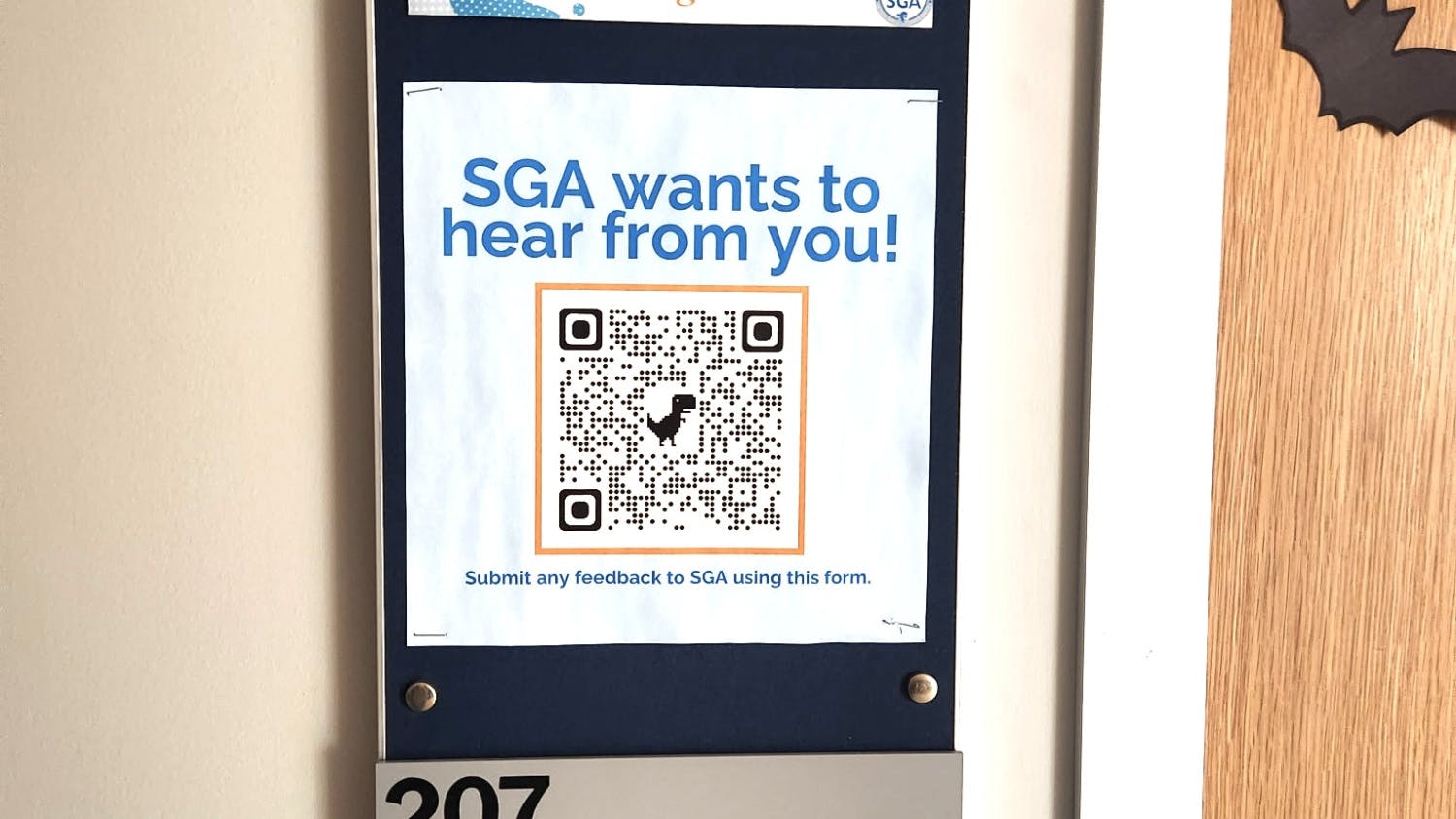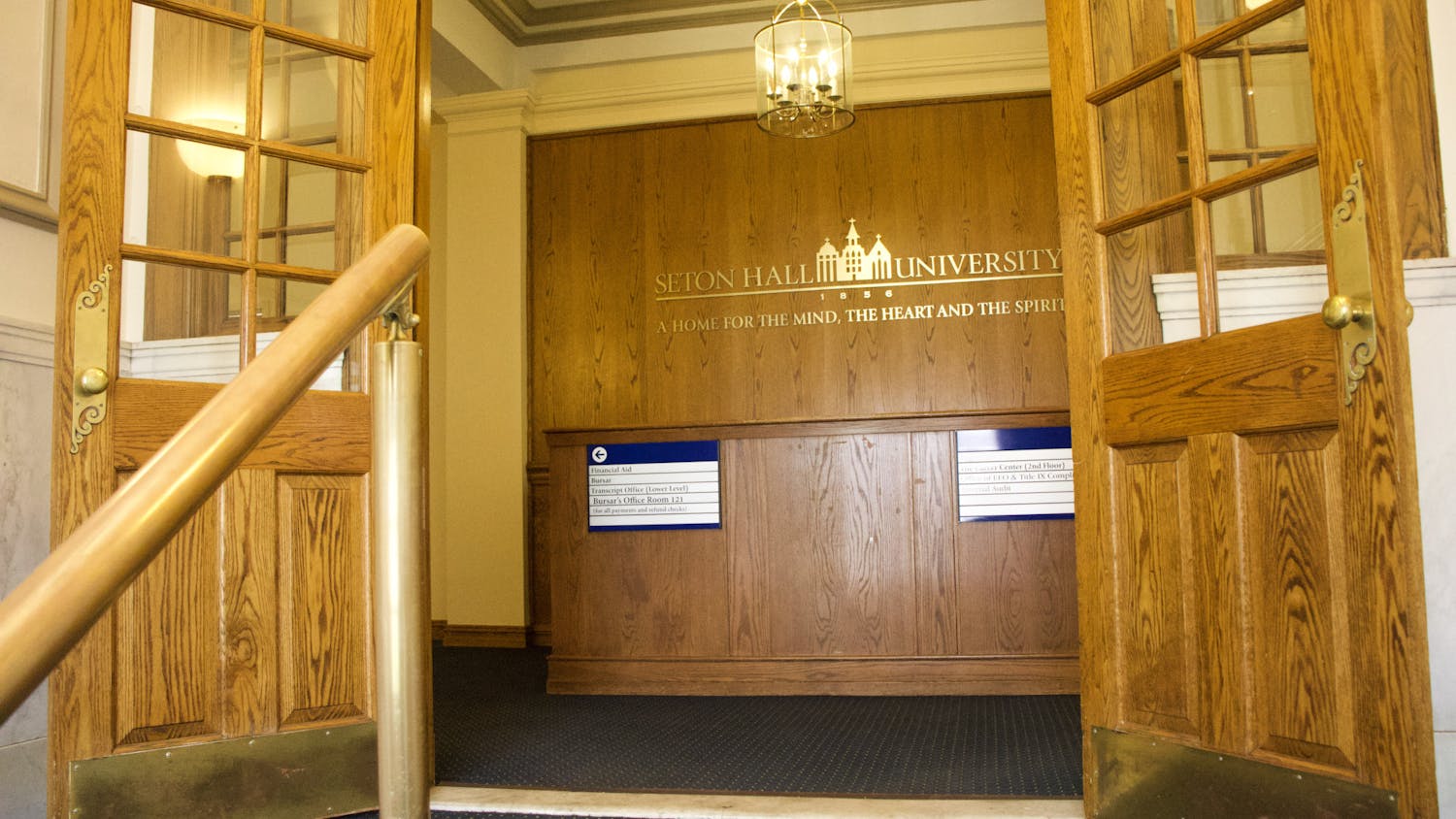There is a common piece of advice most Seton Hall students have heard about South Orange Avenue: when exiting the front gates of campus, “turn left, not right.”
The phrase suggests that there is danger to be found when turning right, promoting stereotypes about the area and those who live there.
Turning right leads into the City of Newark -- the biggest city in New Jersey, from which many Seton Hall students hail.
“When I first came to Seton Hall, people would often mention that you should try avoiding ‘going to the right’ as much as possible,” Mia Nocho, a junior biology major, said. “I always found it funny since that’s the direction I have to go in order to go back home, and the people never seemed troublesome to me when driving through or stopping at a store.”
Maya Perez, a freshman diplomacy major, said she felt that the phrase often carried subtle racial undertones, as it relates to students’ perception of Newark.
“I’ve heard a lot of people go on to then associate the black and brown people with that statement of ‘turning right,’” Perez said. “That’s where this idea goes from just general safety to racism, where now students, typically white students, associate black and brown individuals both on and off-campus as unsafe, ghetto and destructive.
“[It] then ensues a larger problem, in which now we have students on campus who have a negative connotation with people of color.”
According to the U.S. Census Bureau, 86% of the population of Newark are either Black or Latino, compared with South Orange which is 63% white.
“One thing to consider is that South Orange is Seton Hall University’s hometown and offers many amenities,” Majid Whitney, Senior Associate Dean of Student Services, said, “Including convenient access to the train station for students venturing out to New York City.”
Whitney also noted that “great effort” has been put into encouraging students to venture into the area surrounding the University, adding that the Village even renamed the area at the intersection of Irvington Avenue and Ward Place “Seton Village.”
Some students noted that proximity also affects where students frequent, including where they tend to eat.
“I usually only really eat at Pandang because of how close it is, and the fact that they can meet my dietary restrictions,” Molly Cleary, a sophomore diplomacy major, said. “Other than that, I just [use] PostMates and am not sure where the restaurants are.”
Students mentioned a general sense of caution, especially when walking off-campus alone, regardless of the location. Jeel Patel, a sophomore biology major, said she felt it was unadvisable to travel alone.
“I think the area is safe for a group of friends to go out,” Patel said.
Whitney said Newark is home to the Prudential Center, where the men’s basketball team plays home games, and the School of Law, which helps attract students to local restaurants and businesses. He also said that in the past, business students in the Market Research Center collaborated with South Orange officials and the Irvington Avenue Corridor Advisory Committee to develop ways to revitalize the area.
Whitney said that while biases undoubtedly affect student’s behavior to some degree, the University has been working to make students aware of possible harmful preconceptions they may have and how they can improve.
“Several student groups and administrators have recently participated in anti-racist trainings designed to increase our collective awareness of racial disparities to better inform our social justice efforts,” he said. “As a University, we understand that there is more work to be done and we appreciate the feedback and suggestions from our community members on ways that we can further our efforts.”
Whitney said he encourages anyone with thoughts or concerns to email DEI@shu.edu and expresses appreciation for the diverse community of which Seton Hall University is a part.
“One of the reasons why Seton Hall is such a special place is that it is a home away from home for many of our community members, not just on campus but in our neighboring communities as well,” Whitney said. “Embracing the richness of diversity of people and perspectives will greatly expand our students’ education at Seton Hall and enhance their overall experience.”
Liam Brucker-Casey can be reached at liam.bruckercasey@student.shu.edu.




